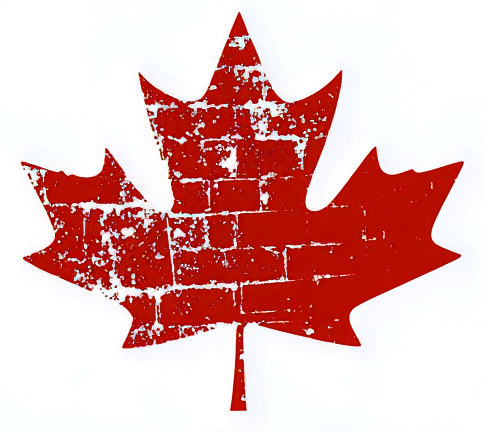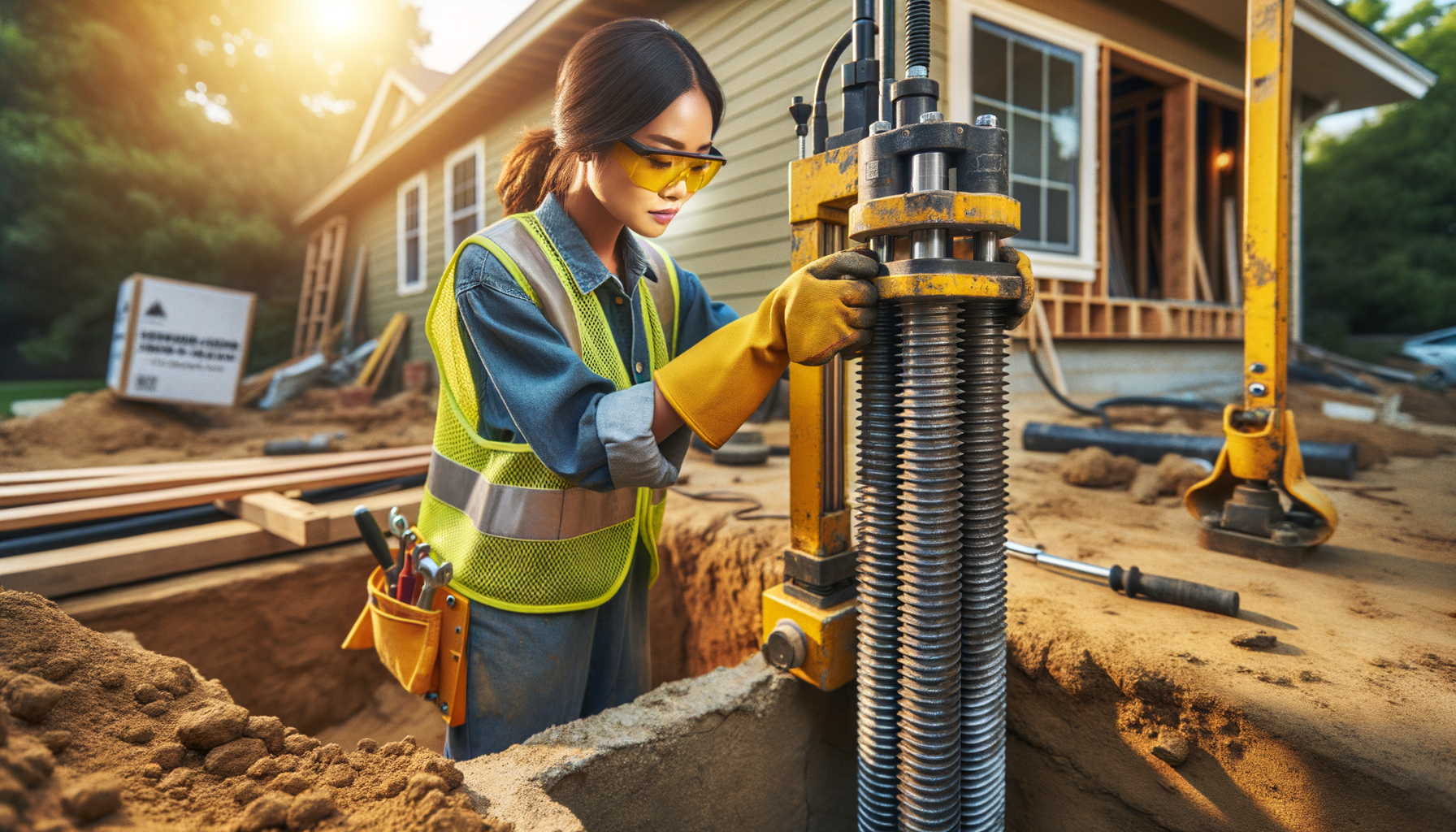What Are Push Piers?
Definition
Push piers are strong steel tubes that are driven deep into the ground to help support a building’s foundation. If your house is sinking or settling, push piers can help fix it.
How They Work
Push piers are installed using special machines that push them deep into the ground until they hit stable soil or rock. This way, they can carry the weight of the house from the weaker soil to the strong soil or rock below.
Signs Your Home Needs Push Piers
-
Cracks in the Walls: If you see cracks in the bricks, mortar, or drywall, this can mean your foundation is settling.
-
Sticking Doors and Windows: Doors and windows that are hard to open or close might mean your foundation has shifted.
-
Uneven Floors: Floors that tilt, dip, or sag might mean your foundation is settling unevenly.
-
Basement Moisture: Water coming through your basement floors or walls can be a sign of foundation problems.
Benefits of Using Push Piers
-
Long-term Stability: Push piers reach stable soil or rock, so they can support your foundation for a long time.
-
Minimal Disturbance: Installing push piers is less disruptive to your home and yard compared to other methods.
-
Versatility: They work for different types of foundations and soil conditions.
-
Increase Property Value: Fixing your foundation can make your home more valuable and appealing to buyers.
Push Piers Installation Process
-
Site Inspection: A professional will examine the foundation and soil to plan where the push piers should go.
-
Preparation: They will dig around the foundation footing to make room for the piers.
-
Pier Placement: Piers are placed around the foundation where they are needed most.
-
Pier Driving: Using hydraulic equipment, the piers are pushed deep into the ground until they hit stable soil or bedrock.
-
Lifting the Foundation: The foundation is lifted back to its original level using the push piers.
-
Securing: The foundation and push piers are securely fastened to ensure stability.
Push Piers Cost Considerations
-
Variables Affecting Cost: The size of the building, the number of push piers needed, and the soil conditions can affect the cost.
-
Average Cost Range: In Canada, installing push piers generally costs between $1,000 to $3,000 per pier.
-
Financing Options: Homeowners can look into loans, home equity lines of credit, or payment plans offered by contractors to help pay for the repairs.
DIY vs Professional Push Pier Installation
-
Difficulty: Installing push piers is complicated and needs special tools and knowledge. It’s not a DIY project.
-
Safety Concerns: If not done correctly, it can be dangerous and cause more damage.
-
Professional Expertise: Hiring certified and experienced contractors ensures the job is done right and safely.
Choosing a Foundation Repair Contractor for Push Piers
-
Research: Check the credentials, reviews, and references of potential contractors.
-
Questions to Ask: Ask about their experience, warranty offers, and past projects related to push piers.
-
Quotes and Contracts: Get multiple quotes and review contracts to understand the costs and work involved.
Maintenance and Post-Installation Care for Push Piers
-
Regular Inspections: Have professionals check your foundation regularly to make sure everything is stable.
-
Addressing Drainage Issues: Proper drainage systems can prevent water from causing future foundation problems.
-
Foundation Maintenance Tips: Keep the soil around your foundation moist and avoid planting large trees or bushes too close to your house.
Real-Life Success Stories with Push Piers
-
Case Studies: Show examples of homeowners who fixed their foundation problems with push piers.
-
Before and After Photos: These pictures can show the big improvements made to homes using push piers.
The Importance of Professional Consultation for Push Piers
Push piers are a great way to fix foundation problems and keep your home safe. If you notice any signs of trouble, it’s important to talk to a professional. With the right help, you can make sure your home stays stable and valuable for years.


Leave a Reply